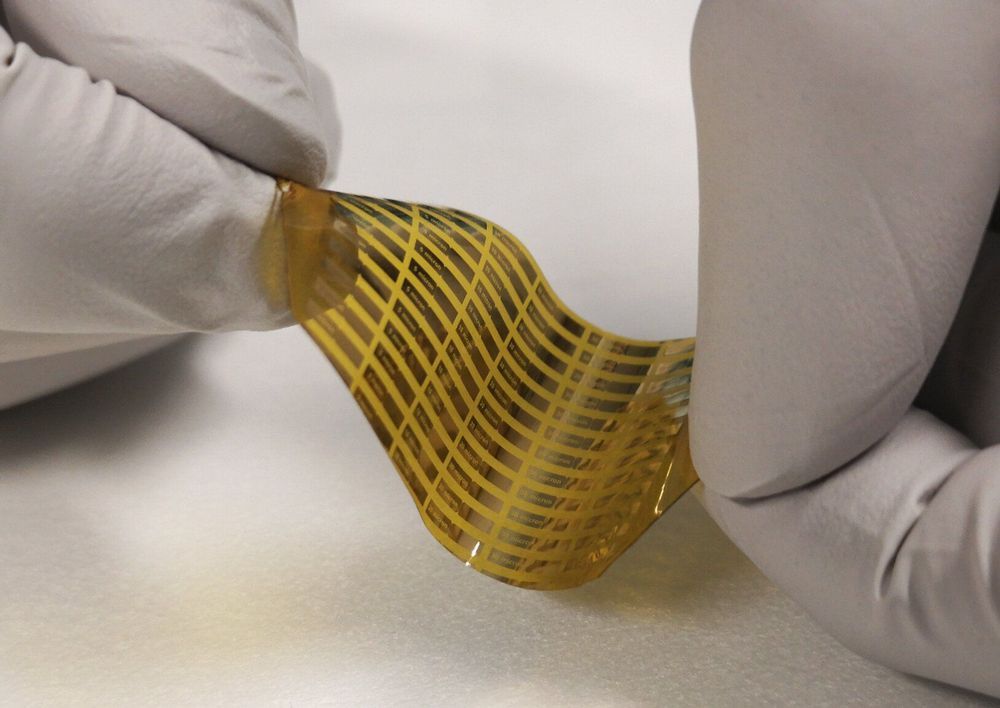THE HAGUE, Netherlands (AP) — All it took was a few sturdy swings with a sledgehammer and a prized painting by Vincent van Gogh was gone.
A Dutch crime-busting television show has aired security camera footage showing how an art thief smashed his way through reinforced glass doors at a museum in the early hours of March 30. He later hurried out through the museum gift shop with a Vincent van Gogh painting tucked under his right arm and the sledgehammer in his left hand.
Police hope that publicizing the images will help them track down the thief who stole Van Gogh’s “The Parsonage Garden at Nuenen in Spring 1884” from the Singer Laren Museum while it was shut down due to coronavirus containment measures.









